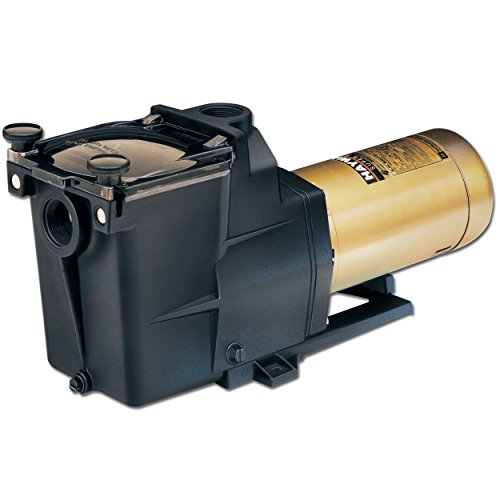Understanding the Key Components of Pool Pumps for Optimal Pool Performance and Maintenance
Pool pumps play a vital role in maintaining a clean and healthy swimming environment. They circulate water through the filtration system, ensuring effective removal of debris and contaminants. This article will explore the different types of pool pumps, flange connections, dynamic head, flow rate, and the importance of proper turnover rate for filtration.
Types of Pool Pumps
- Single-Speed Pumps: Single-speed pumps operate at a constant speed, providing a consistent flow rate. While they are typically more affordable upfront, they can be less energy-efficient than variable-speed pumps.
- Dual-Speed Pumps: Dual-speed pumps have two speed settings, allowing pool owners to choose between high and low speeds for different tasks, such as regular circulation or vacuuming. This flexibility can lead to energy savings compared to single-speed pumps.
- Variable-Speed Pumps: Variable-speed pumps offer the most versatility and energy efficiency, as their speed can be adjusted to suit various tasks and conditions. While they may have a higher initial cost, their energy savings can offset this expense over time.
Flange Connections
Flange connections refer to the method by which the pump is connected to the pool’s plumbing system. These connections can be threaded or bolted and should be selected based on the pool’s specific requirements and the compatibility with the pump and plumbing system.
Dynamic Head
Dynamic head, also known as total dynamic head (TDH), is the resistance that the pump must overcome to circulate water through the pool’s plumbing and filtration system. It is calculated by considering factors such as the vertical distance the water must travel, pipe length, and friction losses. Understanding the dynamic head is crucial for selecting the appropriate pool pump, as it directly impacts the pump’s efficiency and performance.
Flow Rate
Flow rate refers to the volume of water that the pool pump can move per unit of time, typically measured in gallons per minute (GPM). The flow rate is essential for determining the pump’s capacity and ensuring that it can effectively circulate the pool’s water. A pump with an appropriate flow rate will help maintain water clarity, sanitation, and chemical balance.
Importance of Proper Turnover Rate for Filtration
The turnover rate is the time it takes for the pool’s entire volume of water to pass through the filtration system. Proper turnover rates are vital for maintaining a clean and healthy swimming environment, as they ensure that debris and contaminants are effectively removed from the pool. To achieve an optimal turnover rate, pool owners must consider factors such as pool size, pump capacity, filtration system efficiency, and bather load. Selecting a pool pump with the appropriate flow rate and considering the dynamic head can help ensure a proper turnover rate, leading to a well-maintained and enjoyable swimming experience.
Conclusion
Understanding the different types of pool pumps, flange connections, dynamic head, flow rate, and the importance of proper turnover rate for filtration is essential for maintaining a clean and healthy swimming pool. Selecting the appropriate pump based on the pool’s specific requirements and maintaining optimal flow rates can significantly impact water clarity, sanitation, and overall pool performance. By considering these factors and selecting the right pool pump, pool owners can ensure a well-maintained and enjoyable swimming environment for years to come.
